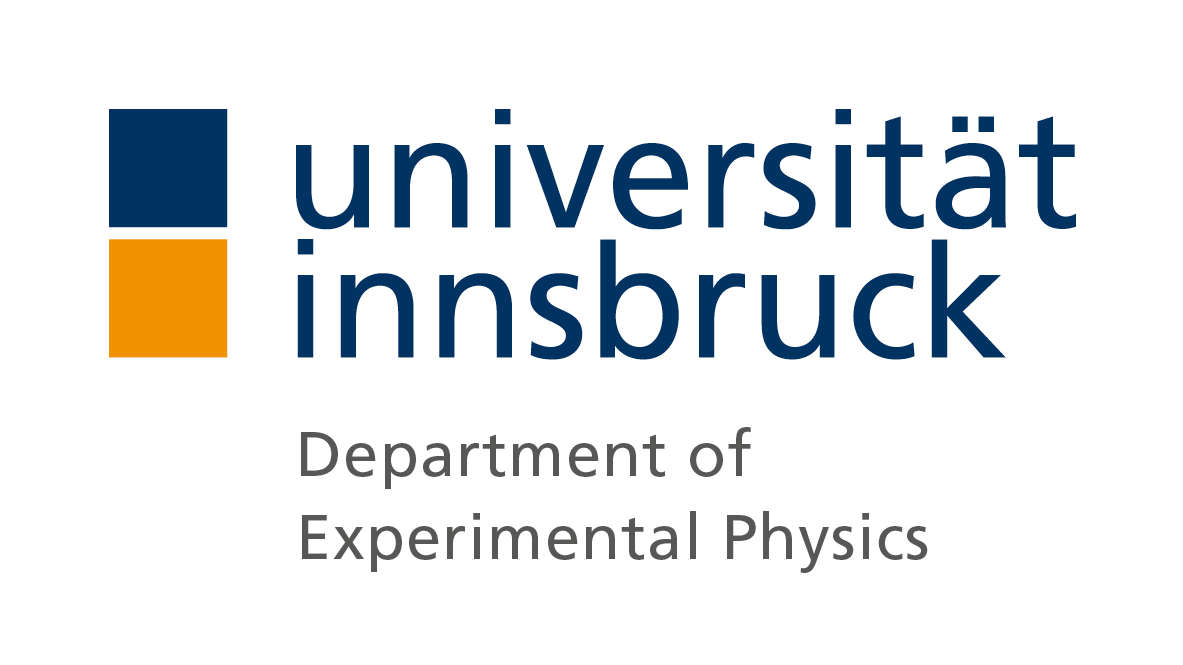Quantum computation: Fragile yet error-free
Even computers are error-prone. The slightest disturbances may alter saved information and falsify the results of calculations. To overcome these problems, computers use specific routines to continuously detect and correct errors. This also holds true for a future quantum computer, which will require procedures for error correction as well: “Quantum phenomena are extremely fragile and error-prone. Errors can spread rapidly and severely disturb the computer,” says Thomas Monz, member of Rainer Blatt’s research group at the Institute for Experimental Physics at the University of Innsbruck and the Institute for Quantum Optics and Quantum Information of the Austrian Academy of Sciences. Together with Markus Müller and Miguel Angel Martin-Delgado from the Department for Theoretical Physics at the Complutense University in Madrid, the physicists in Innsbruck developed a new quantum error-correcting method and tested it experimentally. “A quantum bit is extremely complex and cannot be simply copied. Moreover, errors in the microscopic quantum world are more manifold and harder to correct than in conventional computers,” underlines Monz. “To detect and correct general errors in a quantum computer, we need highly sophisticated so-called quantum error-correcting codes.” The topological code used for this current experiment was proposed by Martin-Delgado’s research group in Madrid. It arranges the qubits on a two-dimensional lattice, where they can interact with the neighboring particles.
A quantum bit encoded in seven ions
For the experiment at the University of Innsbruck the physicists confined seven calcium atoms in an ion trap, which allows them to cool these atoms to almost absolute zero temperature and precisely control them by laser beams. The researchers encoded the fragile quantum states of one logical qubit in entangled states of these particles. The quantum error-correcting code provided the program for this process. “Encoding the logical qubit in the seven physical qubits was a real experimental challenge,” relates Daniel Nigg, a member of Rainer Blatt’s research group. The physicists achieved this in three steps, where in each step complex sequences of laser pulses were used to create entanglement between four neighboring qubits. “For the first time we have been able to encode a single quantum bit by distributing its information over seven atoms in a controlled way,” says an excited Markus Müller, who in 2011 moved from Innsbruck to the Complutense University in Madrid. “When we entangle atoms in this specific way, they provide enough information for subsequent error correction and possible computations.”
Error-free operations
In another step the physicists tested the code’s capability to detect and correct different types of errors. “We have demonstrated that in this type of quantum system we are able to independently detect and correct every possible error for each particle,” says Daniel Nigg. “To do this we only need information about the correlations between the particles and don’t have to perform measurements of the single particles,” explains Daniel Nigg’s colleague Esteban Martinez. In addition to reliably detecting single errors, the physicists were for the first time able to apply single or even repetitive operations on a logical encoded qubit. Once the obstacle of the complex encoding process is overcome, only simple single-qubit gate operations are necessary for each gate operation. “With this quantum code we can implement basic quantum operations and simultaneously correct all possible errors,” explains Thomas Monz this crucial milestone on the route towards a reliable and fault tolerant quantum computer.
Basis for future innovations
This new approach developed by the Spanish and Austrian physicists constitutes a promising basis for future innovations. “This 7-ion system applied for encoding one logical quantum bit can be used as a building block for much larger quantum systems,” says theoretical physicist Müller. “The bigger the lattice, the more robust it becomes. The result might be a quantum computer that could perform any number of operations without being impeded by errors.” The current experiment not only opens new routes for technological innovations: “Here, completely new questions come up, for example which methods can be used in the first place to characterise such large logical quantum bits,” says Rainer Blatt with a view into the future. “Moreover, we would also like to collaboratively develop the used quantum codes further to optimize them for even more extensive operations,” adds Martin-Delgado.
The researchers are financially supported by the Spanish Ministry of Science, the Austrian Science Fund, the U.S. Government, the European Commission and the Federation of Austrian Industries Tyrol.
Links
- "Quantum computations on a topologically encoded qubit"
D. Nigg, M. Müller, E. A. Martinez, P. Schindler, M. Hennrich, T. Monz,
M. A. Martin-Delgado, R. Blatt
Science 345, 6194 (2014), arXiv:1403.5426 - YouTube video: Quantum computations on a topologically encoded qubit

